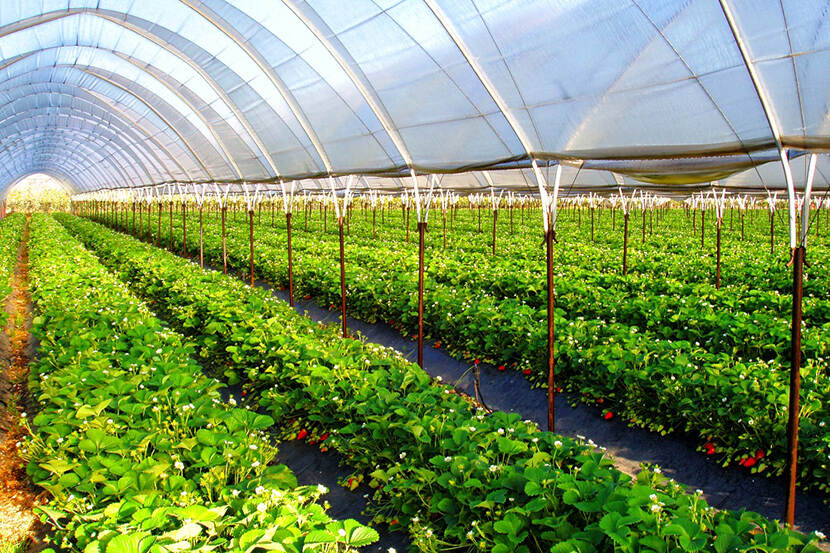China Agri News Week 30, 2020
This is the news overview of week 30 from the agricultural team of the Netherlands Embassy in Beijing.

New Push for Mechanization of Fruit and Vegetable Planting
China’s Ministry of Agriculture and Rural Affairs has set a goal of reaching 2m hectares of protected cropping facilities in the country by 2025 as it encourages investment in the sector. The Ministry issued guidelines, which outlined a range of objectives including upgrading controlled-environment agriculture (CEA) facilities such as greenhouses, increasing mechanization, and using new types of produce.
The ministry encouraged a focus on technological innovation to assist the integration of agricultural machinery and to help optimize the setup of these facilities and eventual production. It also recognized progressing cultivation techniques and introducing new varieties of produce would also be key to success.
Facility vegetable production, which includes all kinds of greenhouse facilities such as solar greenhouses and multi-span greenhouses, but also vertical farming installations, account for 30 percent of China’s total vegetable production. The country’s per capita facility vegetable production is nearly 200 kg, achieving a stable supply throughout the year; facility agriculture’s annual output value is 980 billion yuan, providing 40 million jobs (source: Asiafruitnet English, Asiafruitnet Chinese).
174 Batches of Imported Food Rejected in June 2020, Dairy Products Involved
On Jul 15th, China GAC released the list of non-compliant food products in June 2020. A total of 174 batches of food from 32 different countries/regions were rejected, most of which were aquaculture products, meat, and meat products and beverages. Of all rejected products, 22 percent were rejected for animal epidemic disease reasons. In one case, Wyeth Nutrisure nutrition powder(solid beverage) was rejected for the discrepancy between cargo and certificate. And in another case, Fonterra whole milk powder failed import sensory inspection (source: Chemlinked).
Australia Finds New Export Market for its “Chinese” Beef: South Korea and the US
Astalian beef exports to China slumped earlier this year following the Chinese export ban on the meat of four Australian abattoirs. But June data shows that Australia has redirected most of its excess beef to the US and South Korea.
The volume of Queensland’s chilled and frozen beef exports to the US in June was 153 percent higher than in January, while exports to South Korea last month exceeded January’s level by 77 percent, according to data from the Australian Department of Agriculture, Water, and the Environment. And exports to the US in June were 30 percent above the same month last year, while export volume to South Korea was the highest since December 2018.
The Australian government has said negotiations with China over the four suspended abattoirs, which accounted for about 20 percent of Australian beef exports to the country, were ongoing with no signs of relief. Bilateral ties between the two nations have dived since the export bans, which were seen by some in Canberra as retaliation for Australia’s support for an independent international investigation into the origins of the coronavirus pandemic (source: SCMP).
Short News:
- The 2021 Shanghai Horti flower IPM will take place on April 15-17 at Shanghai new international expo center